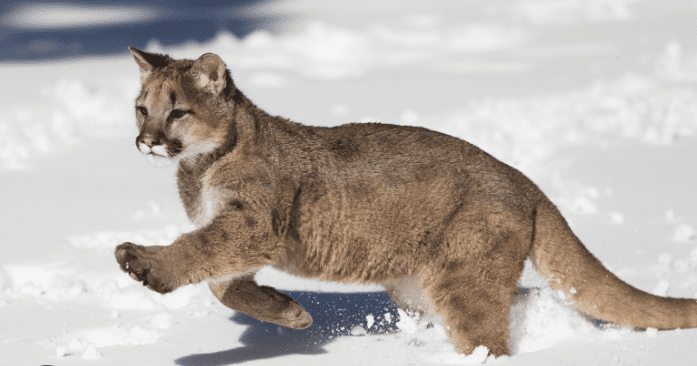Monarch Butterfly Habitat: Showy Milkweed is a crucial host plant for the iconic monarch butterfly. Monarch butterflies lay their eggs on the milkweed leaves, and the caterpillars feed on the leaves, making it a vital part of their life cycle.
Attractive Appearance: As the name suggests, Showy Milkweed is visually striking with its large, dome-shaped clusters of pink to lavender flowers. It adds a beautiful touch of color to the landscape and attracts various pollinators.
Ecological Importance: Apart from supporting monarch butterflies, Showy Milkweed benefits other pollinators like bees and butterflies, playing a role in local ecosystems’ biodiversity.
Medicinal Uses: Historically, various Native American tribes used different parts of the milkweed plant for medicinal purposes. They employed it to treat various ailments, including respiratory, stomach, and skin conditions.
Tough and Drought-Tolerant: Showy Milkweed is well-adapted to the harsh conditions of Northwestern Wyoming. It can withstand drought and thrives in sunny, dry areas.
Seed Dispersal Mechanism: The milkweed plant has fascinating seed pods filled with silky, white fibers. When the seeds are mature, they are released, and the silky fibers allow them to be carried by the wind, aiding in their dispersal.
Fire-Resistant Adaptation: Showy Milkweed has developed adaptations to survive wildfires. Its underground rhizomes help it resprout after a fire, making it a resilient species in fire-prone environments.
Wildlife Shelter: Besides being a food source for monarch caterpillars, the milkweed plant offers shelter to various insects and small animals. It can create a mini-ecosystem around itself.
Garden Landscaping: Showy Milkweed is also an excellent addition to native plant gardens and landscaping projects, providing both beauty and ecological benefits.
Conservation Efforts: Due to the decline in monarch populations, there are ongoing conservation efforts to protect and restore milkweed habitats, including Showy Milkweed, in Northwestern Wyoming and other regions where they grow.
Remember, if you encounter Showy Milkweed in its natural habitat, observing and appreciating it without disturbing the plants or their surrounding environment is essential.


